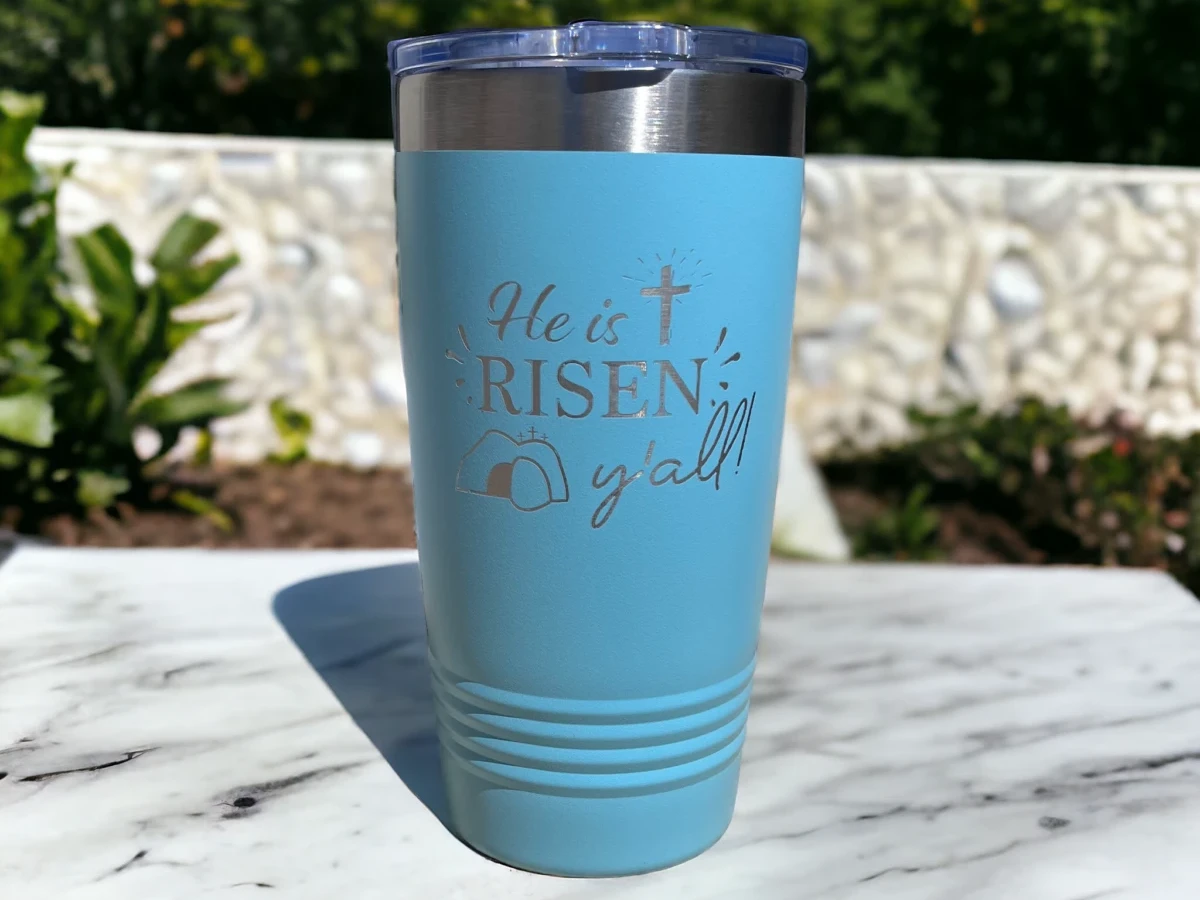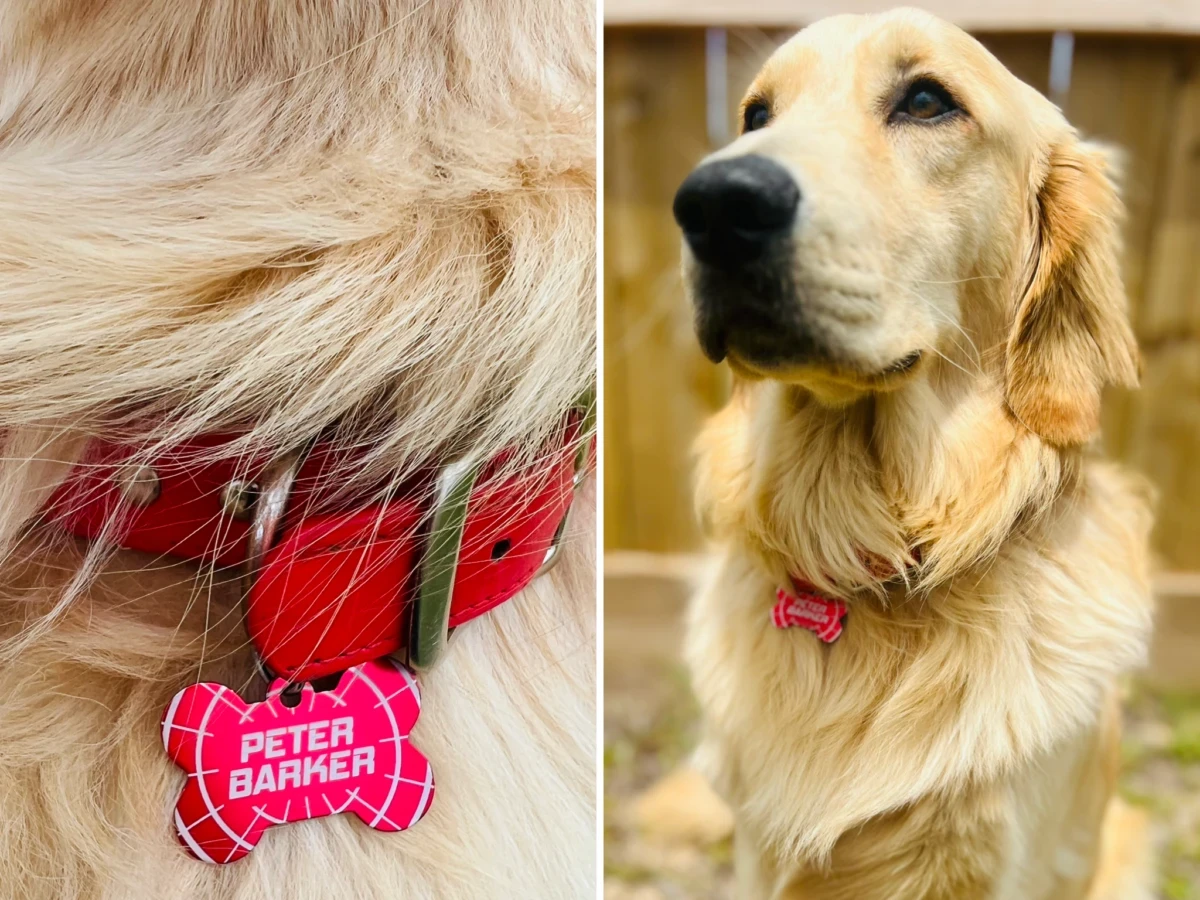If you’re a laser hobbyist or a small business owner, you’ve probably wondered:
“Can a diode laser engrave metal?”
The short answer: Yes, but with limitations.
Diode lasers are popular for their affordability and versatility, but when it comes to metal, they struggle with deep engraving or cutting. However, with the right materials, techniques, and accessories, you can create clean surface markings that are perfect for personalization and light-duty projects.
This guide explains how diode lasers interact with metal, which metals work best, and how to achieve reliable engraving results.
1️⃣ How Diode Lasers Work on Metal
Diode lasers typically operate at around 450nm (blue light). While this works great on wood, leather, and dark acrylic, bare metal reflects most of the light—which makes deep engraving nearly impossible without special techniques.
What Works:
- Anodized Aluminum – Engraves easily and produces bright contrast
- Powder-Coated Stainless Steel – Perfect for engraving Yeti tumblers or Hydro Flask cups
- Painted or Coated Metals – The laser removes the coating to reveal the base metal
What Doesn’t Work Well:
- Polished or Raw Stainless Steel – Reflective surface = low absorption
- Bare Aluminum or Copper – Requires marking sprays or very high-power lasers
💡 If you need deep or industrial engraving, a fiber laser is the better choice.
2️⃣ How to Improve Diode Laser Metal Engraving
To get the best results, follow these practical tips:
1. Use Marking Sprays or Pastes
- Apply a laser marking spray like CerMark or LaserBond to the metal surface
- The laser fuses the coating into the metal, leaving a dark, permanent mark
- DIY alternative: black matte spray paint (removable)
2. Choose the Right Metal
- Powder-coated or painted stainless steel (like drink tumblers)
- Anodized aluminum plates for tags, signs, and branding projects
3. Adjust Laser Settings
- Use high power (80–100%)
- Slow speed and multiple passes yield better marks
- Ensure your focus is sharp and consistent
4. Test Before Committing
- Always run a small test mark on the back or on scrap material
- Clean engraved surfaces with alcohol after engraving
3️⃣ Best Project Ideas for Diode Laser Metal Engraving
While diode lasers can’t carve deep into metal, they are perfect for surface personalization projects, such as:
- Personalized Stainless Steel Tumblers. Engrave names or logos on Yeti and Hydro Flask cups
- Custom Dog Tags & Keychains. Lightweight aluminum or coated steel works well
- Branded Aluminum Nameplates. Great for small businesses, equipment labels, or crafts
- Pocket Knives & Multi-tools. Light surface marking for logos or initials
💡 These projects are popular on Etsy, local craft markets, and as corporate gifts.
4️⃣ FAQs
Q: Can a diode laser cut metal?
A: ❌ No. Diode lasers lack the power to cut through metal. They are for marking or light engraving only.
Q: Which metals work best for diode laser engraving?
A: Anodized aluminum, powder-coated stainless steel, and some titanium surfaces.
Q: Do I need a fiber laser for deep engraving?
A: ✅ Yes. For deep or industrial metal engraving, a fiber laser is the correct choice.
Conclusion
Diode lasers can engrave metal surfaces—but with some limitations.
They excel at marking coated or anodized metals, creating personalized gifts, branded tags, and small-scale DIY projects. For deep cuts or uncoated metal work, consider upgrading to a fiber laser.
✨ Want to see real metal engraving projects and settings from other makers? Visit the Atomm Community for inspiration and shared experiences.









